When I first learned about Poetry Teatime from Bravewriter (this is also the writing curriculum we will be using this year), I knew right away it was something I wanted to do with my kids.
We’ve tried it a few times in the past and it’s always a hit but I have yet to be consistent with it. Since we have more flexibility in our schedule this year, my goal is to implement it at least once a week.
What is Poetry Teatime?
If you have never heard of Poetry Teatime you might be asking what it is. Poetry Teatime is a time to come together and read poetry over a treat and tea(or whatever beverage suits your fancy). I believe it got the name Poetry Teatime based on the English tradition of “afternoon tea”. A break in the day to pause and just be.
Why Poetry Teatime?
It is a fabulous and FUN way to bond while also exploring language together. Poetry helps open the imagination. Also, you are inviting your kids to associate poetry with comfort and joy-filled memories.
When Should We Do Poetry Teatime?
Our family goal is to have Poetry Teatime at least 1x/week this coming school year. My kids enjoy it so much, however, that I could see us doing it more than that.
Just today we had a gloomy overcast day and my kids started to get snippy with each other. I knew we needed to change gears. I declared we would be doing Poetry Teatime and the mood shifted to one of delight. My daughter went to work baking a treat while the boys and I set the table, popped popcorn and boiled water for hot cocoa.
What followed was a beautiful half hour of us laughing and enjoying poetry together. Memories being made.
Here are my three kiddos picking out their poems and ready to dig into a tasty treat:
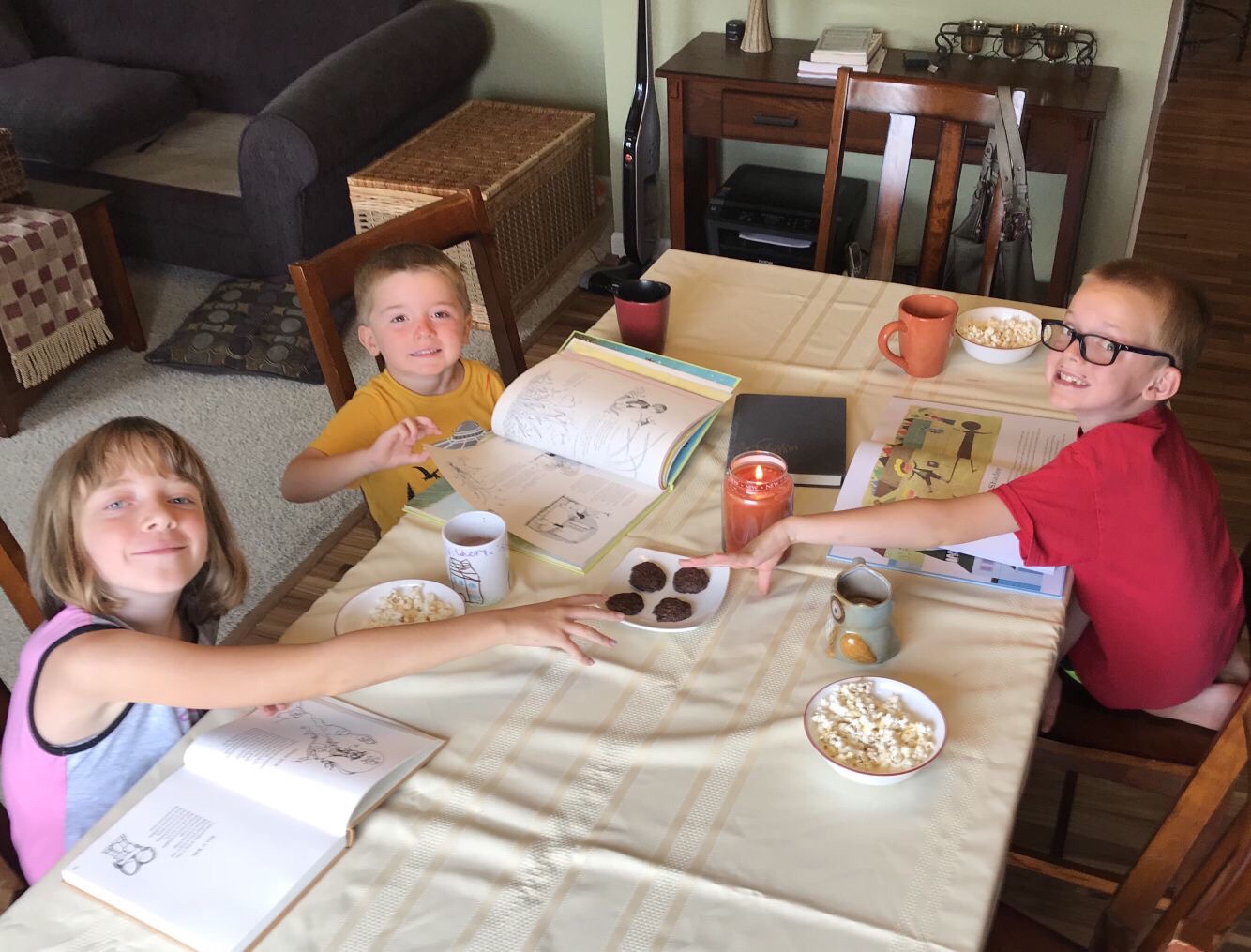
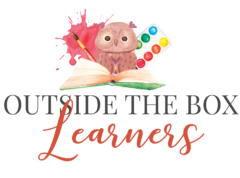


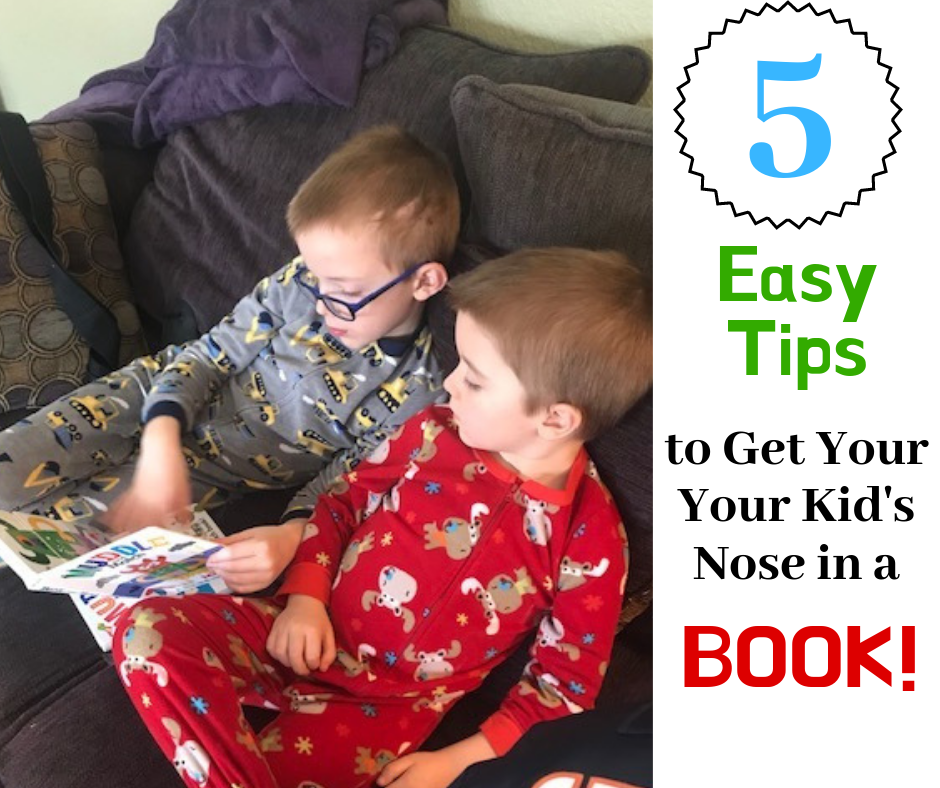




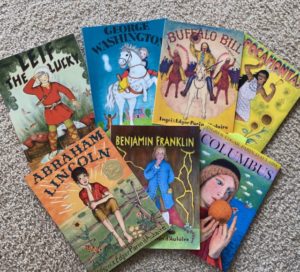

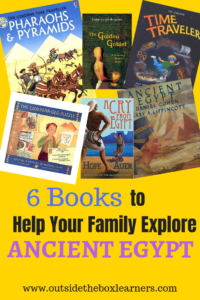

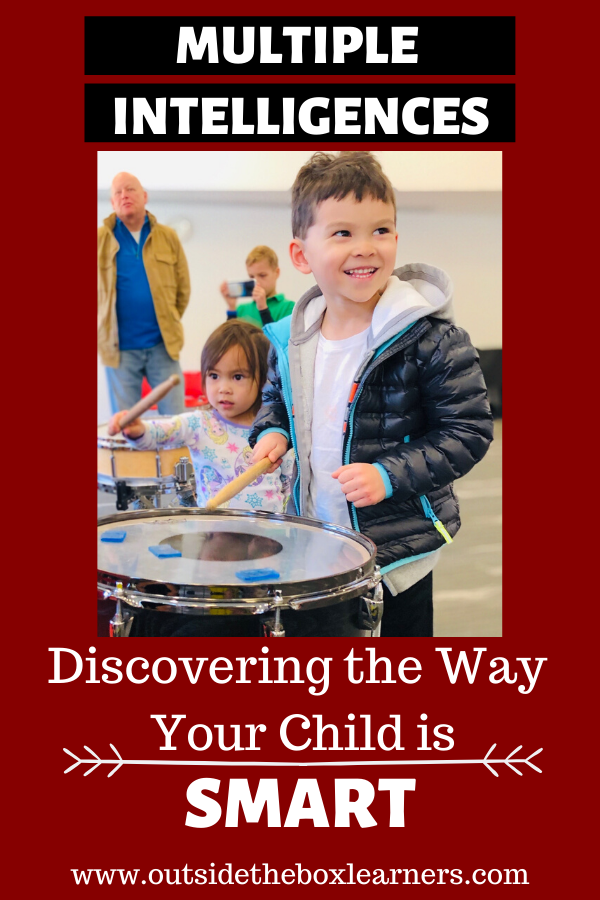

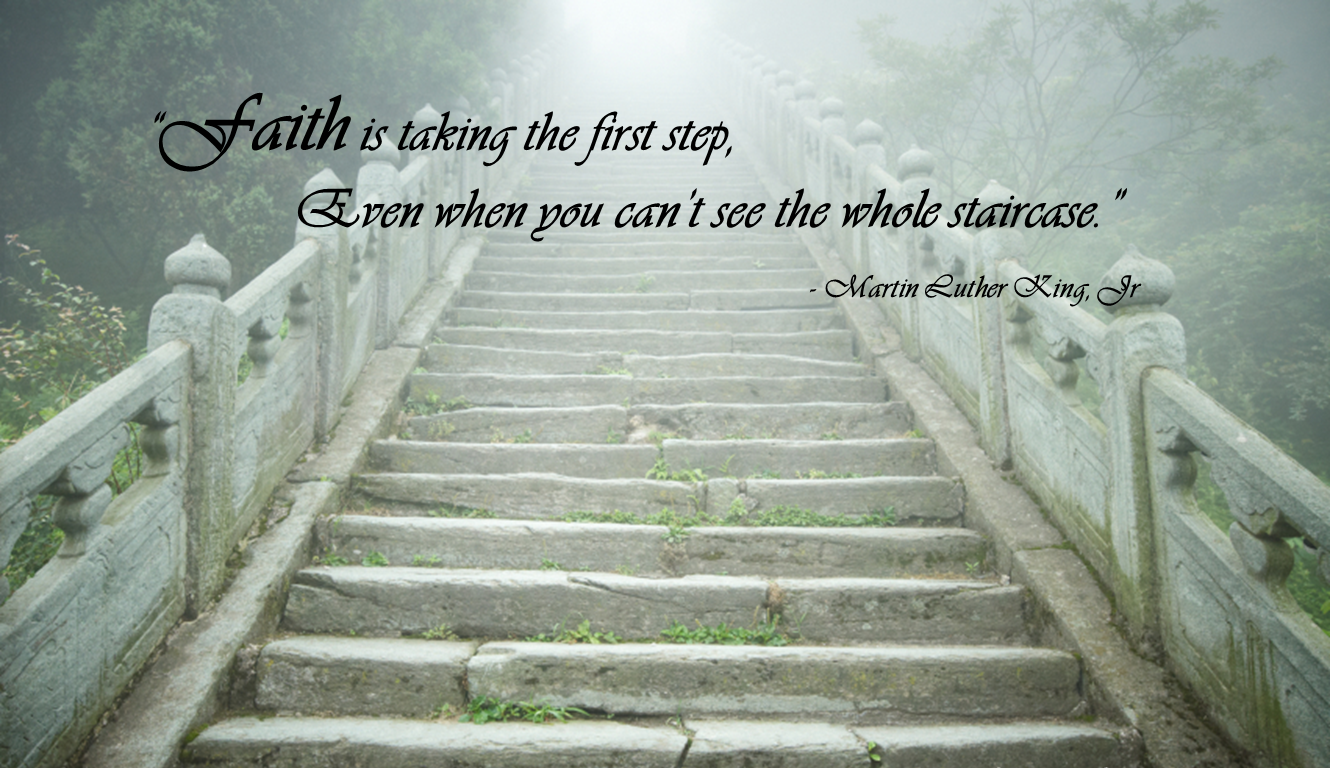 I’ll admit, I’m kind of
I’ll admit, I’m kind of 
